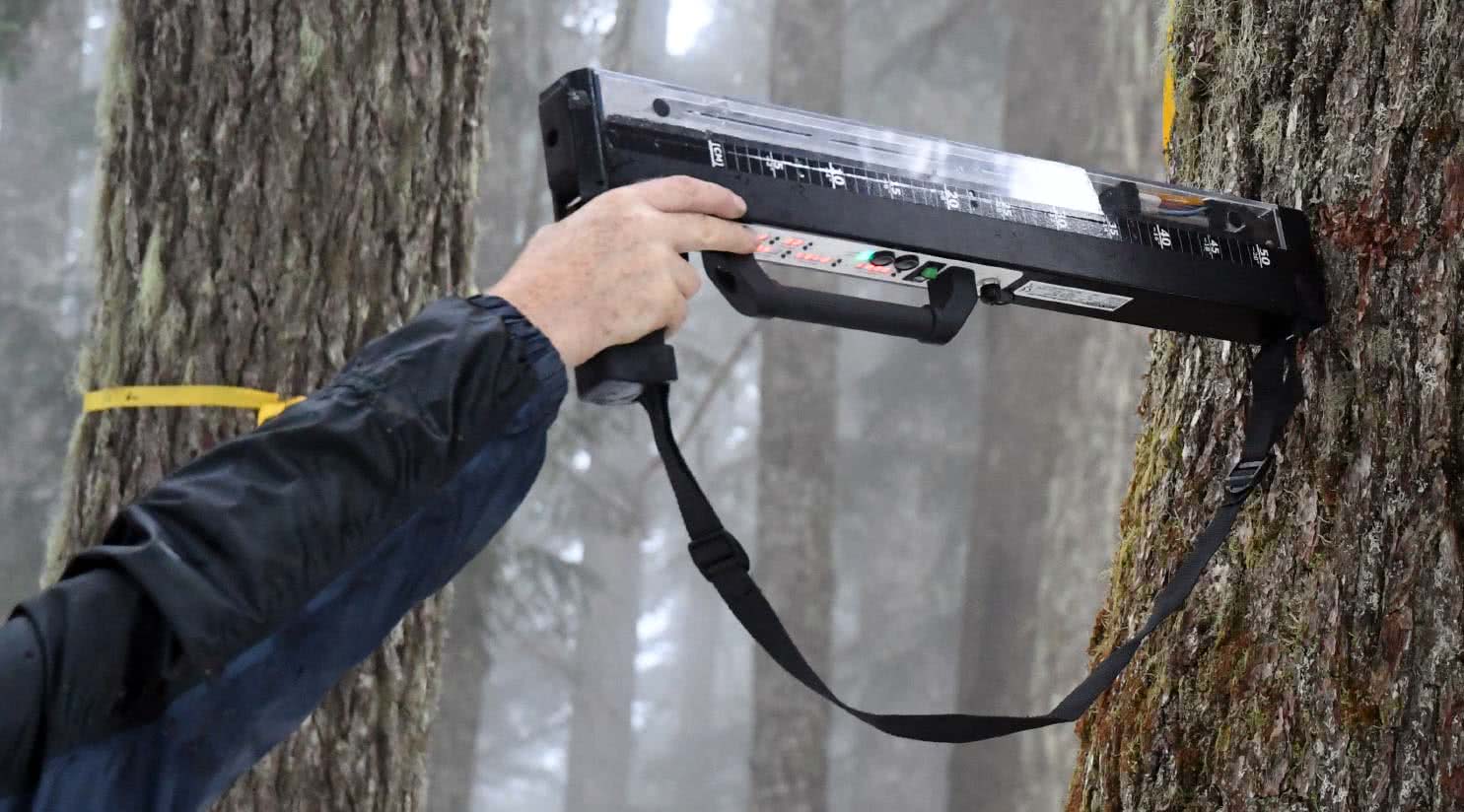Resistograph®
The resistance drill for detecting decay in wood
Decay in Trees
Many trees have decay patterns caused by mechanical injury, or pathogens moving up into the heartwood from the roots. Tree risk assessors are aware that if the amount of decay is very extensive, there is a possibility that the entire tree might fall down. But simply identifying there is decay present may not be enough. It will depend on the tree species, the type of decay, where it is located, and how much it has spread. This is where judicious use of the Resistograph® can be very helpful.
First of all the assessor examines the whole tree looking for signs and symptoms of decay. These might be obvious cavities, areas of wounded tissue, or areas of response growth such as unusual ribs of wood on limbs or the trunk, or simply the presence of fungal fruiting bodies. Next the assessor considers how these factors might interact and decides where on the tree a reading might be taken to confirm the presence or absence of decay. Using the Resistograph®, data can then be collected and analyzed. In some cases, drilling points will be at the sensor locations used in tomography as a means of confirming the tomogram image.
Because the Rinntech machine is so easy to use, data can be collected efficiently in a cost effective manner, giving the risk assessor important information to use in better determining the likelihood of failure rating for risk assessment.




